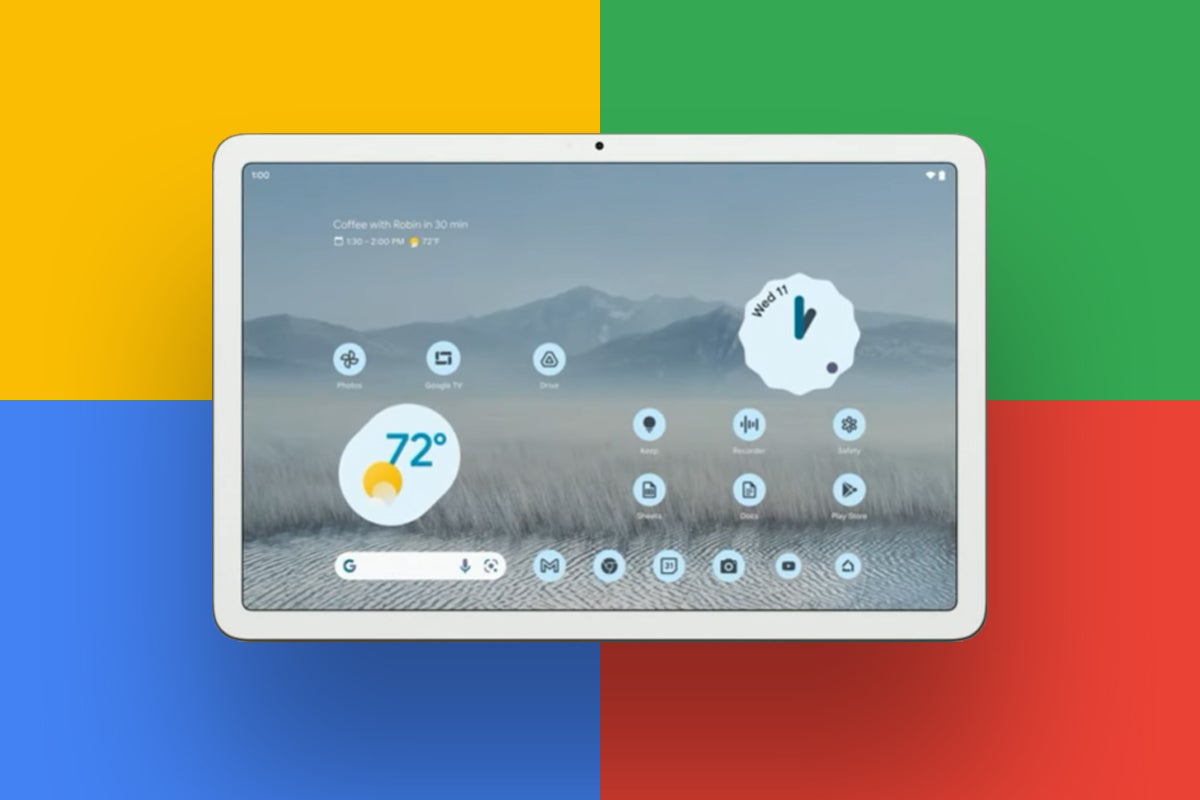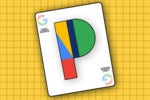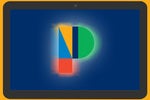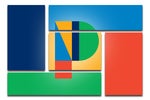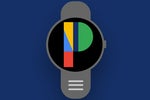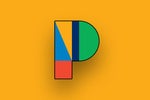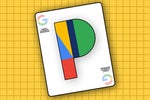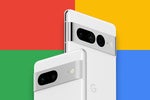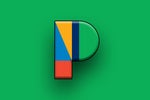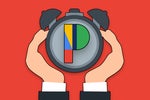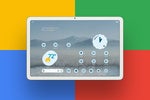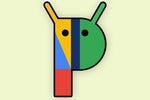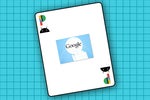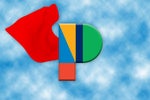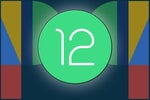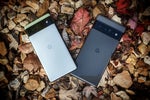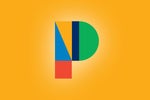As Google looks toward the future of Android and its platform-wide tablet philosophy, you can't help but be reminded of the past.
'Twas a whopping 11 years ago, after all, that Google first turned its focus toward creating an optimal Android tablet experience. Back in the prehistoric era of 2011, Le Googlé launched its initial Android tablet push with the introduction of the Android 3.0 Honeycomb software and an effort to get developers on board with big-screen app interface optimizations.
That effort didn't last for long, to say the least. Within about a year, Google — well, y'know, Googled. The company lost its focus, pivoted away from its vision, and ultimately just let the idea of the Android tablet languish without any meaningful movement forward or any real platform-level promotion.
So when word broke that Google was making another push for the world to take Android tablets seriously again, including with its own 2023-targeted Pixel Tablet product, it was tough not to feel a certain sense of déjà vu — a sense that, hey, we've been down this road before. What could possibly make this time any different?
It's a valid question. I mean, heck, Android tablets had a beast of a time breaking through and gaining any meaningful traction 11 years ago. And in the decade-plus since then, Apple has only solidified its status as the de facto business tablet standard. How could coming back around now with a new "like an iPad, but with Android" option matter?
The answer, as it turns out, may be right under our sniffly noses. The short version is that Google might not even try to compete directly with the iPad for the general tablet market this go-round. Instead, it might look to create a whole new category of devices that it alone could own.
And the implications for us mere tech-totin' mortals could be massive.
The Pixel Tablet puzzle
At this point in the tech evolution timeline, one thing's impossible to deny: Coming out with a new iPad competitor in 2022 sure seems like a fool's errand.
Sure, for someone like me — someone who finds Apple's approach to software design and ecosystem control to be completely off-putting — offering up a compelling "like an iPad, but with Android" option could be enough. But for the more typical tablet-buying masses, you need something more substantial to get anyone to consider a device that (a) isn't competing solely on price (hi, Amazon Fire!) and (b) doesn't boast a different operating system as its primary point of differentiation.
Enter the Pixel Tablet.
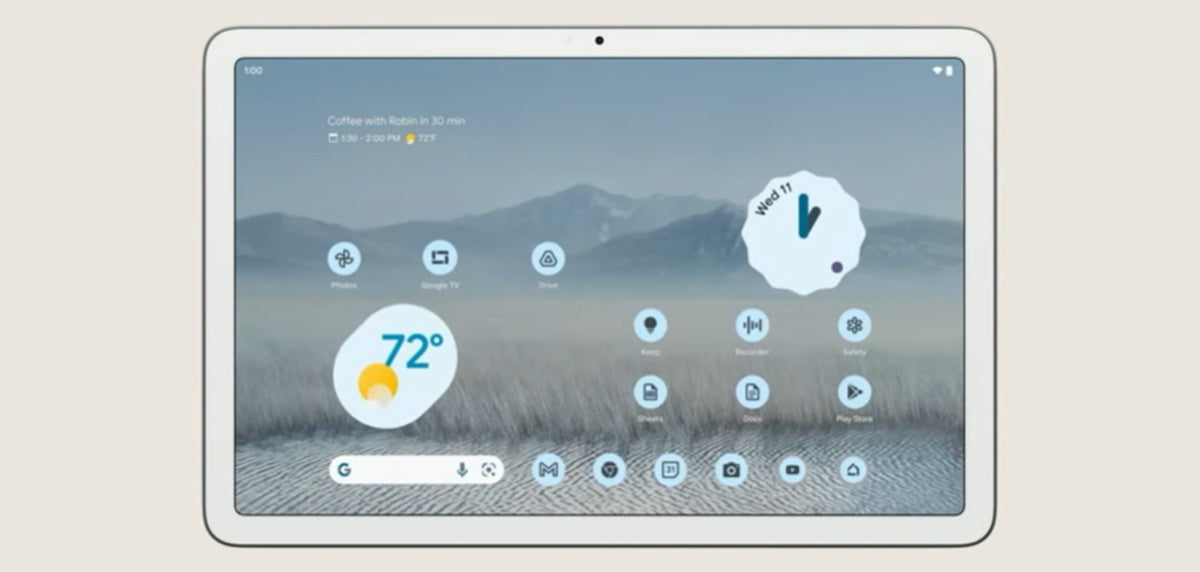 Google
Google Google's still-shrouded-in-mystery return to tablet hardware caught most of us off-guard when it came up at last week's Google I/O announcement extravaganza. And lots of folks have been knocking the still-early-in-development tablet for its thick and rather mundane-looking appearance.
To be sure, the tablet Google showed off certainly doesn't look like your typical premium tablet of 2022. It does indeed appear to be on the thicker side, and its bezels bring to mind either a more budget-level design or a tablet from several years back.
 Google
Google Interestingly, it also doesn't look much like a Pixel device in terms of its design language or general appearance. And yet, Google's been clear about the fact that it's a Pixel product through and through — and one that's very much intended to be positioned as a premium device.
On the surface, at least, something doesn't seem to add up. But as with many things Google-related, there may be more to this story than what we see on that most obvious outermost layer.
Consider:
- Google's rumored to be working on a new Nest-Hub-style device that'd feature a detachable screen — a display that could be pulled off the base and used as a tablet, in some capacity.
- We know that Android 13 has lots of new elements that suggest Google's cookin' up a whole new category of multipurpose, dock-involving devices along those same lines. Interface optimization aside, we're seeing lots of elements related to transforming a tablet into a shared surface, with specially designated widgets and screensaver-like elements that are approved for docked-mode use by anyone — kind of like an even more enhanced and useful version of today's Smart Display concept. And all of that would be accompanied by an expanded and re-emphasized multiuser profile system that'd make it easy for any approved user to pick such a device up and get into their own personal stuff.
- The official images of the Pixel Tablet shared by Google at I/O appear to show connectors on the device's back — specifically, the exact type of pogo-pin-style connectors that allow a device to connect to a dock simply by making contact in the right area.
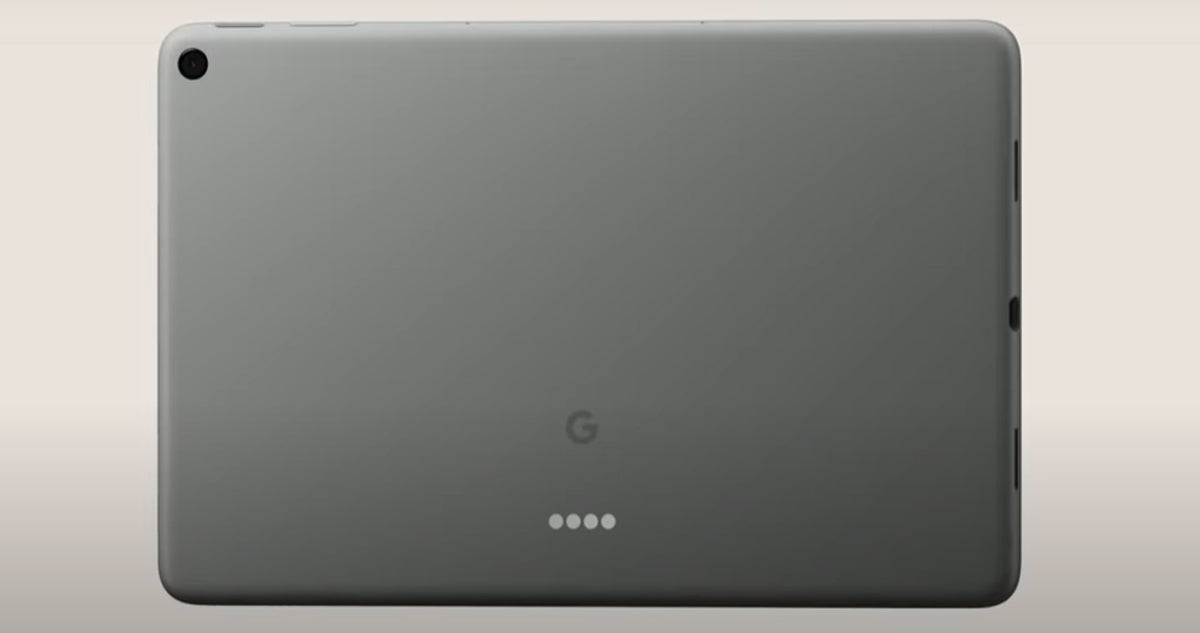 Google
Google - Remember what we said a second ago about the Pixel Tablet not having much in the way of typical Pixel design language? It's true. But y'know what sort of design language the device does have? Nest. Look at the image again. It looks almost exactly like what you'd expect from a Nest Hub without a base.
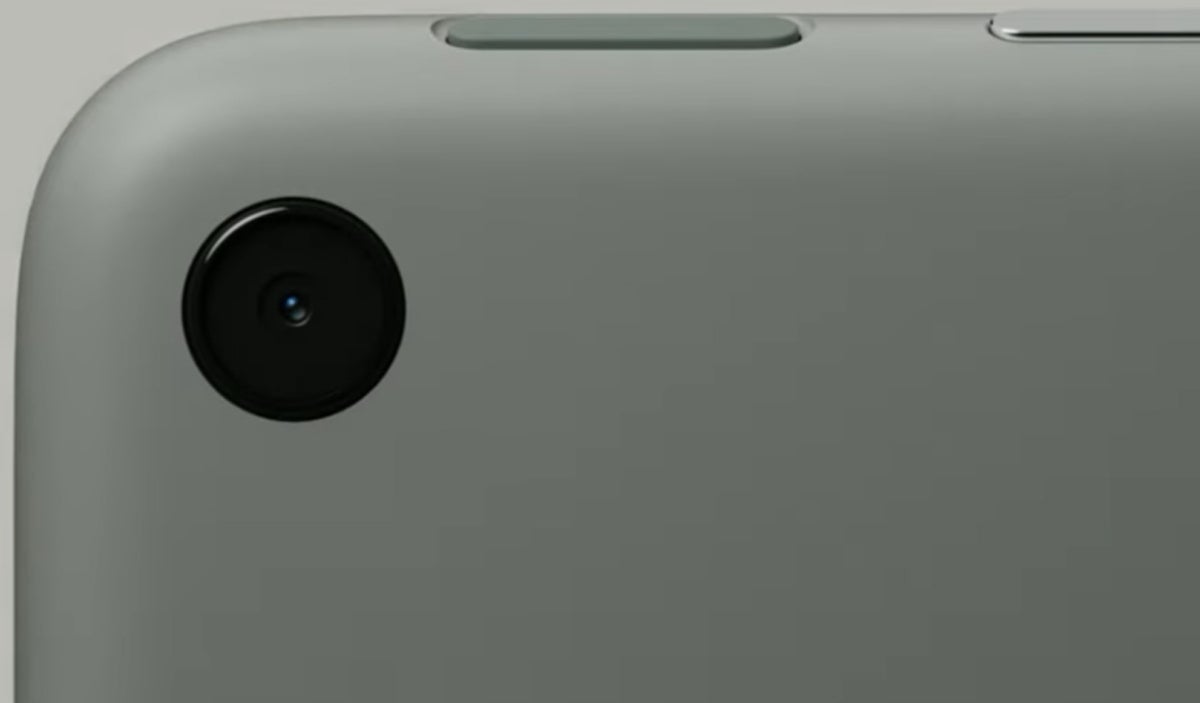 Google
Google So with the caveat that we're doing an awful lot of dot-connecting here, all of the pieces certainly seem to add up and point to one consistent conclusion. And it certainly seems plausible that the Pixel Tablet could in some way relate to the detachable Nest Hub concept or at least have a similar purpose, however it ends up getting branded (ahem — see this eyebrow-raising aside).
And that, my dear, that takes us back to our central question of how and why, exactly, Android tablets could matter today.
The Pixel Tablet purpose
Using the Pixel Tablet as an example for the type of use case Google seems to be imagining for the Android tablet of the future, what we're seeing really isn't a tablet in any traditional sense. It's more of a souped-up Smart Display that also offers some personal computing capabilities.
If the next-gen Android tablet model revolves around a shared docked-display surface, it's essentially becoming a home or office hub, first and foremost — a way for anyone to see basic info and contextual intelligence meant for public consumption. It'd also presumably play a pivotal role in connected-device control — thermostats, smart lights, and other such home and/or office appliances.
Unlike the Smart Displays of today, it appears the ultimate ambition with this product is to provide a fully customizable and info-rich environment in that docked form — one that's easy to see being useful and opening up lots of interesting doors both on the home front and in business environments.
And once you factor in the ability for any approved user to pick the thing up, sign into it, and use it as an actual personal device, it's suddenly got a whole different kind of appeal than anything else out there. It's almost not even a tablet, per se, nor is it exactly a Smart Display. It's an intriguing sort of new hybrid mashup that ultimately creates its own class of product — one that's yet to be named or defined by any other major tech player.
So back to the questions we asked at the start of this contemplation: How could Google possibly compete with the iPad in the tablet market at this point? And how could coming back around now with a new "like an iPad, but with Android" option matter?
The answer, it appears, may be a big fat "N/A." All signs suggest Google isn't planning to go head to head with the iPad — or to offer up any sort of traditional Android tablet model.
Instead, it seems to be set on creating its own completely new category — one where, at least in theory, it can set the standard and then force everyone else to catch up. And regardless of how exactly the Pixel Tablet ends up taking shape, it's clear that Android itself is also being prepped to support that same sort of purpose at the ecosystem level.
All of this would also explain why Google's so confident Android tablets and Chrome OS tablets can coexist harmoniously and address completely different needs.
One way or another, mark my words: If Google plays its cards right, some genuinely interesting new takes on technology could be coming our way soon. And what we're seeing right now is almost certainly just the tip of the iceberg.
Want even more Googley knowledge? Sign up for my weekly newsletter to get next-level insight in your inbox every Friday — and get three bonus tips on your favorite subject this second!






